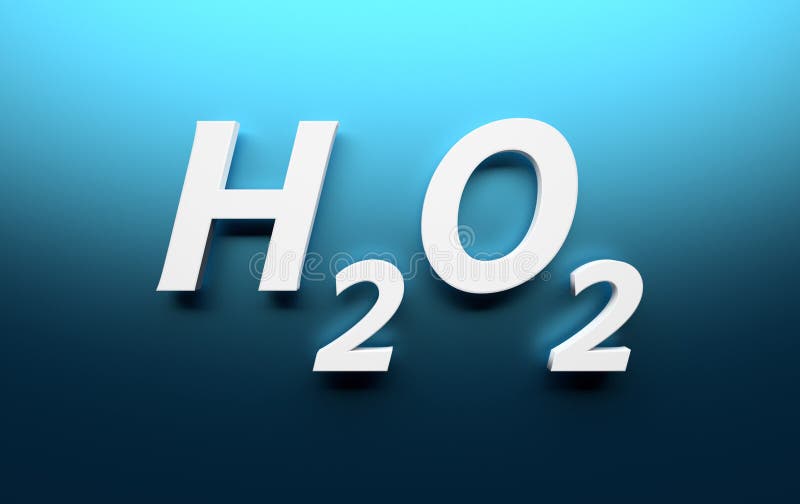
Modern production methods are discussed below. Thenard's process was used from the end of the nineteenth century until the middle of the twentieth century.

An improved version of this process used hydrochloric acid, followed by sulphuric acid to precipitate the barium sulfate byproduct. When the two are mixed, it creates peracetic acid, which can harm the skin, eyes, throat, nose and lungs.Hydrogen peroxide was first isolated in 1818 by Louis Jacques Thénard by reacting barium peroxide with nitric acid. Hydrogen peroxide and vinegar can be used on the same surface as long as it dries in between applications but they should never be mixed. 11 Don’t mix hydrogen peroxide with vinegar Ingesting these chemicals can cause tissue burns and internal damage. Higher concentrations of hydrogen peroxide can be found in hair bleach (6-10%) and food grade hydrogen peroxide at 35%. However, if large amounts are swallowed, it can cause stomach irritation and even burns. The concentration of household hydrogen peroxide is 3% and swallowing small amounts of this is not usually dangerous, although it can cause foaming at the month. However, medical professionals warn against this as it can be dangerous. 8 Don’t drink hydrogen peroxideĭrinking hydrogen peroxide has been touted as an alternative health therapy which may help to treat a number of illnesses.
#Chemical formula for hydrogen peroxide skin
Hydrogen peroxide can burn the skin and even turn your fingertips white.Įnsure that you wear gloves when you use it to clean and take care not to let any of the chemical splash into your eyes. 7 Don’t use hydrogen peroxide without wearing gloves However, experts have stopped recommending it for this use as it is thought that it could harm the healthy cells around the cut and stop it from healing quickly. Hydrogen peroxide was often used in the past as an antiseptic on cuts and scrapes and could be found in most first aid kits and bathroom cabinets. 6 Things that you shouldn’t do with hydrogen peroxideĪs with all chemicals, there are certain things that you should avoid when it comes to using hydrogen peroxide:ĭon’t use hydrogen peroxide to clean cuts On hard skinned vegetables such as potatoes and carrots, leave to soak for 30 minutes before rinsing thoroughly.īacteria causes vegetables to turn brown and so it is thought that soaking in hydrogen peroxide can help them to last for longer in the fridge. You can use hydrogen peroxide mixed with water to clean vegetables and remove bacteria. It is best to consult your dentist as to the best way to get those pearly whites shining again. Use teeth whitening products with caution as they can make teeth sensitive and too much use could cause damage to gums. Lots of over-the-counter teeth whitening products contain hydrogen peroxide and a stronger version is available when you get your teeth whitened at the dentist.

And there you go – ready to wear! 4 Teeth whitening

Use hydrogen peroxide alongside detergent and soak the stain for an hour before washing the garment in cold water. No matter how many times you wash them, they just do not seem to come out! They can sometimes appear even when you have only worn the item a couple of times. How annoying are those yellow-brownish armpit stains that can be found on white t shirts? Tools such as tweezers and eyelash curlers come into contact with bacteria whenever they touch your skin.ĭip them in hydrogen peroxide, or wipe them over with the chemical to sanitise the tools and prevent the spread of bacteria. 2Īdding a water and hydrogen peroxide solution to your toilet will kill germs as well as brightening the surfaces. Instead of using bleach, you can use hydrogen peroxide to clean the toilet as the chemical is great at removing micro-organisms such as bacteria, yeast, fungi, viruses and spores. As well as using hydrogen peroxide for cleaning, it is also used in teeth whitening treatments and in hair lightening processes at the hairdressers.


 0 kommentar(er)
0 kommentar(er)
